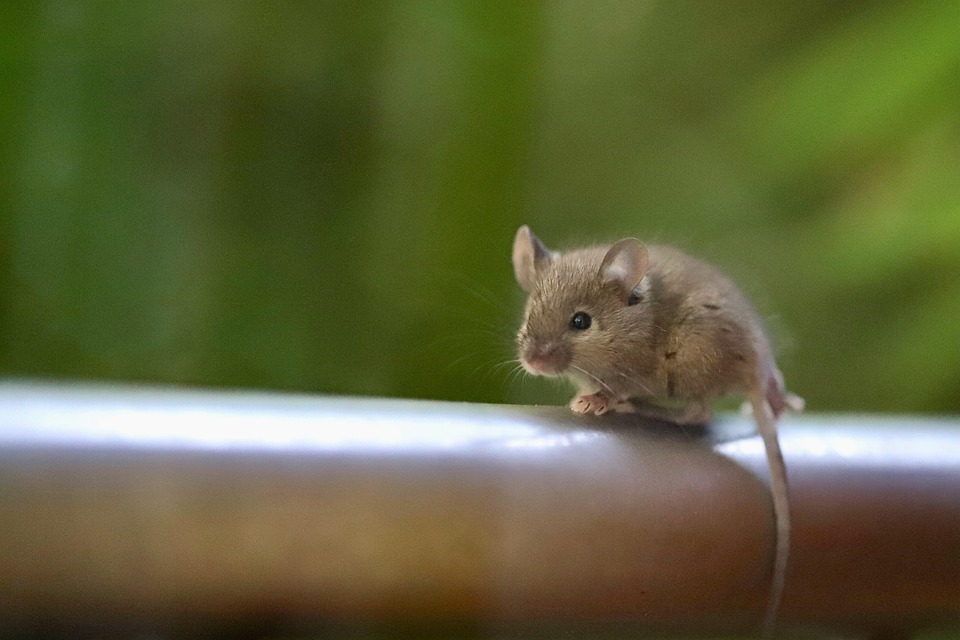Mice are among the most popular pets worldwide, beloved not only for their adorable appearance but also for their playful and engaging personalities. As with any pet, ensuring their health and happiness is a crucial responsibility for owners. Here’s a comprehensive guide to help you keep your furry friend thriving.
1. Proper Housing
Spacious Enclosure
Providing enough space is essential for a mouse’s wellbeing. A multi-level cage with adequate room for exploration and play is ideal. Look for cages made from safe materials (metal or glass), with a secure lid to prevent escapes.
Bedding
Use safe, absorbent bedding such as aspen shavings, paper-based bedding, or coconut fiber. Avoid cedar or pine shavings, as they can emit harmful oils that are detrimental to your mouse’s health.
Enrichment
Adding toys, tunnels, and hiding spots will stimulate mental and physical activity. Objects like cardboard boxes, climbing structures, and chew toys (made specifically for small animals) can keep your mouse entertained.
2. Nutrition
Balanced Diet
A well-rounded diet is crucial. Commercial rodent pellets provide essential nutrients, but fresh fruits and vegetables can complement their diet. Offer small amounts of foods like carrots, peas, and apples, and avoid citrus fruits and harmful foods like chocolate.
Fresh Water
Ensure your mouse has access to clean, fresh water at all times. A water bottle with a sipper tube is often the best choice, as it stays clean and prevents spillage.
3. Regular Health Check-Ups
Weight Monitoring
Regularly weigh your mouse to ensure they maintain a healthy weight. Sudden weight loss or gain can indicate underlying health issues.
Signs of Illness
Keep an eye out for changes in behavior, such as lethargy, sneezing, or changes in eating and drinking habits. If you notice any concerning symptoms, consult a veterinarian who specializes in small animals.
4. Social Interaction
Companionship
Mice are social creatures that thrive in pairs or small groups. Consider getting same-sex companions to promote natural behaviors and reduce loneliness.
Handling
Gently handle your mouse regularly to build trust and strengthen your bond. Allow them to explore their surroundings on your hands and arms while being cautious to ensure they don’t fall.
5. Mental Stimulation
Puzzle Toys
Invest in toys that challenge your mouse and encourage problem-solving. Hollow logs or toys that dispense treats when manipulated are excellent for keeping their minds active.
Playtime Outside the Cage
Supervised time outside of the cage can provide essential exercise. Create a safe, enclosed area for them to run and explore, ensuring that no hazardous items are within reach.
6. Cleanliness
Regular Cage Cleaning
To prevent odor and bacteria buildup, clean the cage weekly. Remove uneaten food, spot-clean droppings daily, and change bedding regularly.
Hand Hygiene
Always wash your hands before and after handling your mouse to prevent the spread of germs.
7. Environmental Considerations
Temperature and Humidity
Mice thrive in a comfortable, stable environment. Keep their cage in a room with a temperature range of 65°F to 75°F (18°C to 24°C) and ensure proper ventilation.
Noise and Light
Limit exposure to loud noises and bright lights, as both can cause stress. A quiet, dimly lit environment promotes a calm atmosphere.
Conclusion
Keeping your pet mouse happy and healthy involves a combination of proper care, social interaction, and a stimulating environment. By following these tips, you can ensure a fulfilling life for your furry companion. Remember, a happy mouse is a healthy mouse, and the joy they bring to your life is well worth the effort!



